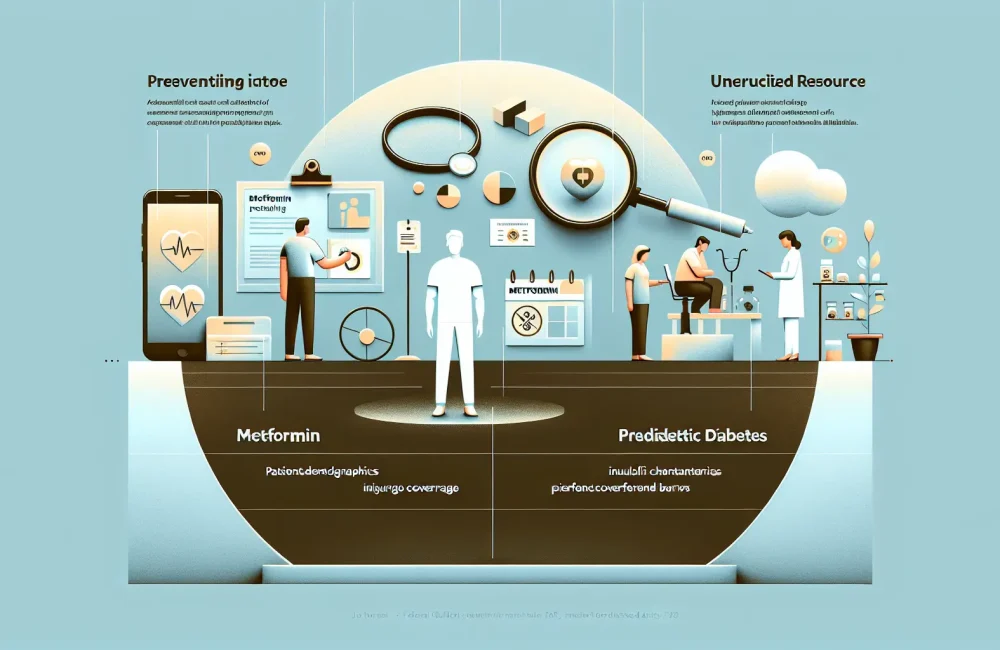By CAFMI AI From Journal of General Internal Medicine
Disparities in Antihyperglycemic Medication Use Among LEP Adults
Limited English Proficiency (LEP) is a significant barrier to equitable healthcare access and outcomes, particularly for chronic diseases like diabetes that require complex management. A recent study analyzing data from a nationally representative survey of U.S. adults with diagnosed diabetes revealed critical differences in the use of antihyperglycemic medications between adults with LEP and those proficient in English. The study defined LEP as self-reported ability to speak English less than “very well,” capturing a population at risk for communication challenges within healthcare settings. Importantly, while the use of metformin, a foundational and long-standing treatment for type 2 diabetes, was similar across LEP and non-LEP groups, disparities emerged in the utilization of newer classes of antihyperglycemic agents known for their benefits in glycemic control and cardiovascular risk reduction. These medications include glucagon-like peptide-1 (GLP-1) receptor agonists and sodium-glucose co-transporter 2 (SGLT2) inhibitors.
Clinical Implications of Lower Use of Newer Diabetes Medications in LEP Populations
The study’s multivariable logistic regression analysis accounted for demographic differences, coexisting medical conditions, and healthcare access factors, affirming that LEP independently predicted lower likelihood of receiving GLP-1 receptor agonists and SGLT2 inhibitors. This finding has significant clinical implications because these newer agents have transformed the management of diabetes, reducing not only blood glucose levels but also rates of cardiovascular events and mortality. As cardiovascular disease is a leading cause of death among individuals with diabetes, underuse of these agents in LEP populations may exacerbate existing health disparities. Clinicians should recognize language proficiency as a social determinant affecting medication prescribing patterns and treatment adherence. Failure to address language barriers might result in suboptimal treatment plans, increased risk of complications, and higher long-term healthcare costs. Therefore, this evidence supports integrating linguistically appropriate interventions and interpreter services within routine diabetes care pathways to optimize medication use and improve outcomes in LEP patients.
Recommendations for Enhancing Diabetes Care in LEP Communities
To mitigate medication disparities, healthcare systems and providers should prioritize culturally and linguistically tailored interventions. This includes enhancing access to professional medical interpreters, providing educational materials in multiple languages, and training clinicians in culturally competent communication. Policy efforts should also focus on reducing structural barriers to newer antihyperglycemic medications by addressing insurance coverage gaps and affordability issues. Research should continue exploring the impact of language proficiency on treatment adherence and outcomes to inform targeted strategies. Such comprehensive approaches aim to ensure equitable treatment opportunities, improve glycemic control, and ultimately reduce cardiovascular risks among LEP adults living with diabetes.
Read The Original Publication Here






